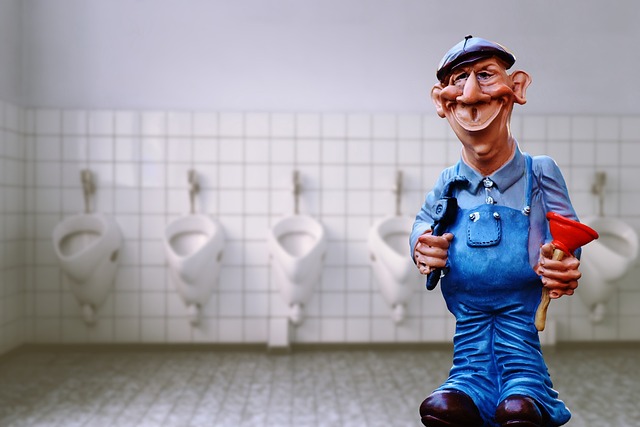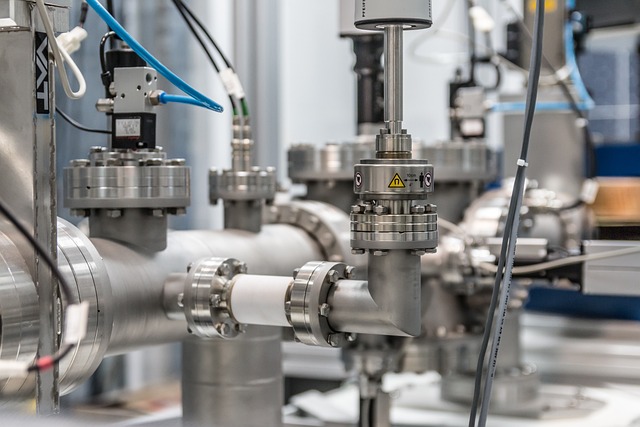Identifying and addressing common plumbing issues like leaky faucets and clogged drains promptly through structured troubleshooting, regular maintenance, and efficient tools is crucial. Regular checks for leaks, water pressure monitoring, drain cleaning, and investing in quality fixtures prevent minor problems from escalating into costly repairs, saving homeowners time and money. Learning basic plumbing skills further empowers homeowners to efficiently manage their plumbing systems.
In every home, plumbing problems are an inevitable reality. From leaky faucets to clogged drains, these issues not only cause inconvenience but can also lead to costly damage if left unattended. Understanding common plumbing problems and knowing how to fix them is crucial for any homeowner. This article delves into the 10 most common plumbing issues, offers detailed diagnosis and repair guidance, and provides prevention tips to minimize future plumbing disasters.
Understanding Common Plumbing Problems

Plumbing issues are a common household problem, often arising from wear and tear, or sudden changes in temperature and pressure. Identifying the root cause is key to effective fixing. Understanding common plumbing problems can help homeowners tackle basic issues promptly and efficiently. From leaky faucets to clogged drains, these problems vary in complexity but share similar solutions that range from simple part replacements to more intricate pipe repairs.
By recognizing the signs—like dropping water levels in your toilet or unusual noises coming from your pipes—you can address these common plumbing issues before they escalate. Regular maintenance and prompt action are crucial in preventing minor inconveniences from becoming major, costly repairs.
Diagnosing and Fixing Each Issue

Diagnosing and fixing common plumbing issues requires a systematic approach. Start by identifying the symptoms, such as leaks, clogs, or low water pressure. Check for obvious signs like damaged pipes or faulty fixtures. Next, gather the necessary tools and materials based on the specific problem. For instance, a plunger for clogs, plumber’s tape or thread sealant for leaks, or a new filter for water quality issues. Once you’ve gathered your supplies, follow troubleshooting guides or consult with a professional to fix the problem effectively. Regular maintenance, such as clearing drains of grease and hair, can prevent many common plumbing issues from arising in the first place.
Prevention Tips for Future Plumbing Disasters

To prevent future plumbing disasters, regular maintenance is key. Start by checking for leaks around fixtures and pipes; even small drips can lead to significant water waste and damage over time. Keep an eye on water pressure—a sudden drop could indicate a leak or clogs further down the line. Regularly flush your toilet and run hot water through drains to prevent buildup.
Invest in quality plumbing supplies and fixtures, ensuring they’re up-to-date with modern standards. Consider using water-efficient appliances and fixtures to reduce strain on your plumbing system. Additionally, learn basic plumbing skills so you can quickly identify and address minor issues before they escalate into major common plumbing problems.
Plumbing problems are a common household nuisance, but with the right knowledge, many can be easily avoided or swiftly resolved. By understanding the 10 most common plumbing issues and implementing preventive measures, homeowners can save time, money, and potentially significant damage to their properties. Equip yourself with these solutions, stay vigilant, and you’ll navigate through any plumbing challenges that arise with confidence.
